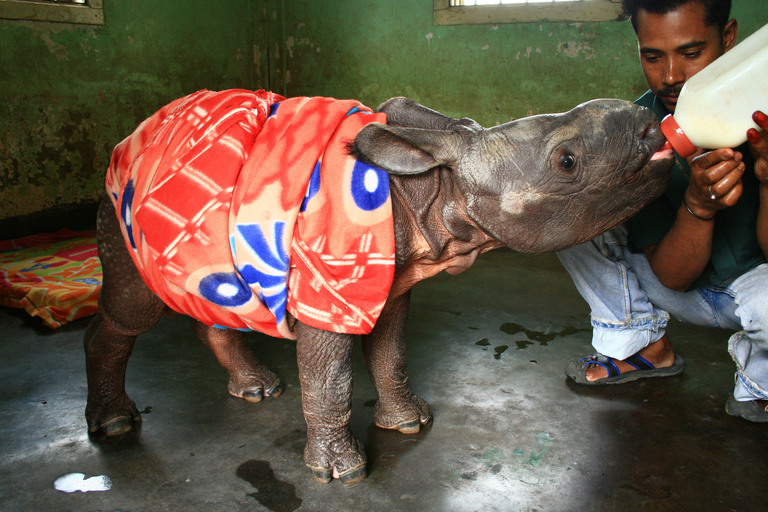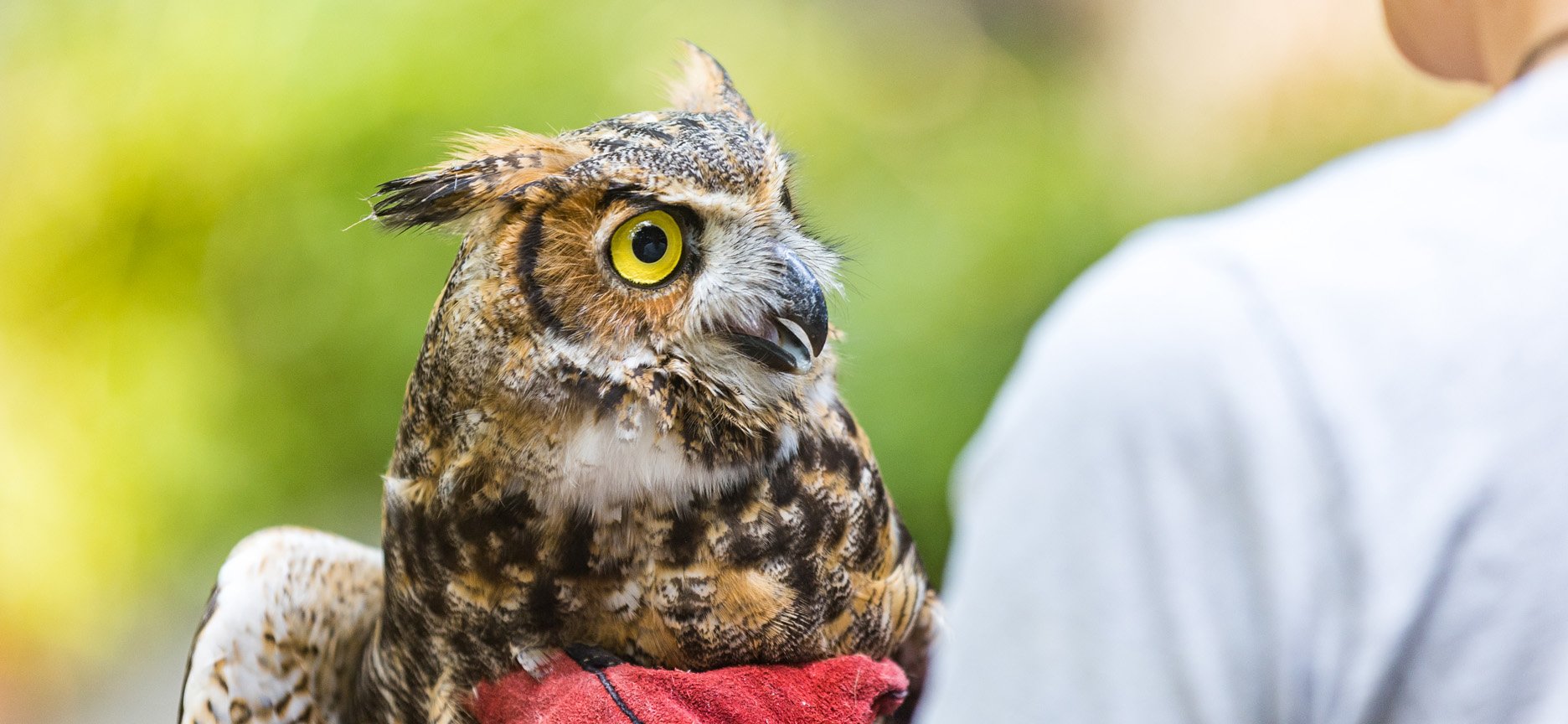The Function of Burlington Wildlife Rescue in Supporting Endangered Types
The Function of Burlington Wildlife Rescue in Supporting Endangered Types
Blog Article
The Function of Humane Wildlife Removal in Protecting Local Ecosystems
Humane wild animals removal is not simply a moral consideration however a critical element in safeguarding regional ecosystems. By focusing on non-lethal techniques, it addresses the fragile equilibrium between human development and wildlife environment preservation. This approach not only minimizes conflicts but likewise makes sure the sustainability of biodiversity. The efficiency of these techniques warrants better examination, specifically in metropolitan settings where human-wildlife interactions are increasingly complicated. As we contemplate the effects of our techniques and their influence on environmental consistency, one have to wonder about just how these practices can be optimized to cultivate an extra symbiotic relationship with nature.
Comprehending Human-Wildlife Problems
Human-wildlife disputes often occur when the natural environments of pets intersect with human activities, causing competitors for resources and room. As urbanization and agricultural development continue to trespass upon wild animals regions, pets such as raccoons, coyotes, and deer discover themselves in closer closeness to human populaces. This proximity can result in harmful influences on both wildlife and human beings, as pets may create damages to crops, framework, and personal building while humans might inadvertently hurt wild animals via environment damage and various other anthropogenic pressures.
The intricacy of these problems comes from a variety of variables. Adjustments in land usage, climate change, and the fragmentation of environments often require wild animals to adapt to new environments, in some cases leading them right into property or commercial areas. Additionally, the accessibility of human-generated food sources, such as garbage and family pet food, can attract wild animals to human settlements, aggravating communications and prospective conflicts.
Resolving human-wildlife disputes calls for a nuanced understanding of pet actions, ecological characteristics, and socio-economic considerations. By studying these guardians, policymakers and communications can establish methods that intend to minimize disputes while maintaining biodiversity and maintaining eco-friendly equilibrium. The goal is to cultivate coexistence and minimize unfavorable influence on both human areas and wild animals populations.
Importance of Non-Lethal Approaches
Non-lethal techniques of wild animals removal symbolize this values by offering solutions that stop injury to wildlife while dealing with human concerns. By employing such methods, we can handle wildlife interactions without resorting to deadly actions, thus maintaining animal populaces and minimizing honest worries connected with killing.
Non-lethal techniques are important in keeping ecological balance. They guarantee that types remain to accomplish their roles within communities, such as regulating bug populations or cross-pollinating plants. Furthermore, these approaches frequently show much more reliable in the lengthy term, as getting rid of private pets can produce a space that is swiftly loaded by other members of the varieties or various varieties entirely. This can bring about a cycle of ongoing elimination efforts, whereas non-lethal deterrents resolve the root creates of wildlife visibility.
Furthermore, non-lethal methods foster coexistence by enlightening the public regarding wild animals actions and motivating harmonious living techniques. This awareness can lead to more lasting human-wildlife interactions, eventually securing both neighborhood rate of interests and pet well-being.
Advantages for Biodiversity
When non-lethal wildlife elimination techniques are utilized, they add considerably to biodiversity conservation. By ensuring the secure moving of pets rather than their elimination, these techniques maintain environmental equilibrium and secure the stability of communities.

In addition, these approaches cultivate coexistence between humans and wildlife, decreasing adverse communications and maintaining the abundant tapestry of life that characterizes biodiverse areas. This approach encourages a deeper understanding and respect for wild animals, fostering area support for conservation efforts. Ultimately, gentle wildlife removal is an important component in protecting biodiversity, making certain environments remain functional and dynamic for future generations.
Approaches for Effective Removal
Applying effective strategies for humane wildlife removal needs an extensive understanding of pet actions and environment demands. This expertise functions as the structure for creating methods that ensure the honest and risk-free moving of wild animals. One primary technique involves carrying out detailed evaluations of the damaged area to recognize the types present and the certain internet difficulties they present. This evaluation aids in designing customized approaches that lessen stress and anxiety and harm to the pets.
An additional important strategy is using exclusion techniques, which concentrate on sealing access indicate avoid animals from returning to structures. This method not only attends to the prompt concern however also functions as a long-lasting option, reducing future disputes in between human beings and wild animals. Furthermore, the usage of non-toxic deterrents and repellents can motivate pets to abandon areas willingly, matching other elimination initiatives.
Capture and relocation need to constantly be a last resource, employed only when animals pose a direct danger or are incapable to exit by themselves. In such cases, using humane traps and making sure the release of pets in appropriate habitats are vital to guarding their welfare. Collaboration with wild animals professionals and adherence to legal laws even more boost the efficiency of these strategies.

Promoting Conjunction in Urban Areas
Promoting coexistence in metropolitan locations needs a complex technique that balances human development with the requirements of neighborhood wildlife. Urban coordinators and policymakers must integrate environment-friendly rooms, such as parks and wild animals passages, into city designs to offer habitats for indigenous varieties. burlington animal control.
Education and learning and recognition projects are critical in cultivating reference a culture of coexistence. Citizens need to recognize the relevance of wild animals and the role they play in regional ecosystems. Workshops and educational sessions can outfit communities with understanding on how to decrease disputes, such as securing trash and utilizing humane deterrents to stop wild animals intrusion.
Additionally, technology can play a substantial function in advertising coexistence. Making use of wild animals monitoring systems, as an example, can assist track pet activities and notify city planning choices. Collaborations in between environmental companies, city governments, and community groups can further enhance these initiatives, guaranteeing that urban growth progresses sustainably while appreciating the ecological balance.
Final Thought
Humane wild animals removal is important for keeping environmental equilibrium and biodiversity by using non-lethal approaches that decrease damage to pet populations. Recognizing human-wildlife conflicts and carrying out strategies such as exemption techniques and habitat alteration can effectively handle these experiences. Such methods support the preservation of indigenous varieties and their habitats, boosting neighborhood involvement and recognition. Ultimately, promoting conjunction in city areas fosters an unified connection in between human beings and the natural surroundings, making sure lasting ecosystems for future generations.
As urbanization and agricultural expansion continue to elbow in upon wild animals territories, animals such as coyotes, about his raccoons, and deer find themselves in closer proximity to human populaces. Non-lethal approaches of wildlife removal embody this principles by giving options that prevent harm to wild animals while resolving human problems. By utilizing such techniques, we can handle wildlife communications without resorting to deadly steps, therefore maintaining animal populaces and decreasing ethical problems associated with killing.
Applying efficient strategies for gentle wild animals elimination requires an extensive understanding of pet habits and environment needs.Humane wild animals elimination is essential for keeping environmental balance and biodiversity by utilizing non-lethal methods that minimize damage to pet populations.
Report this page